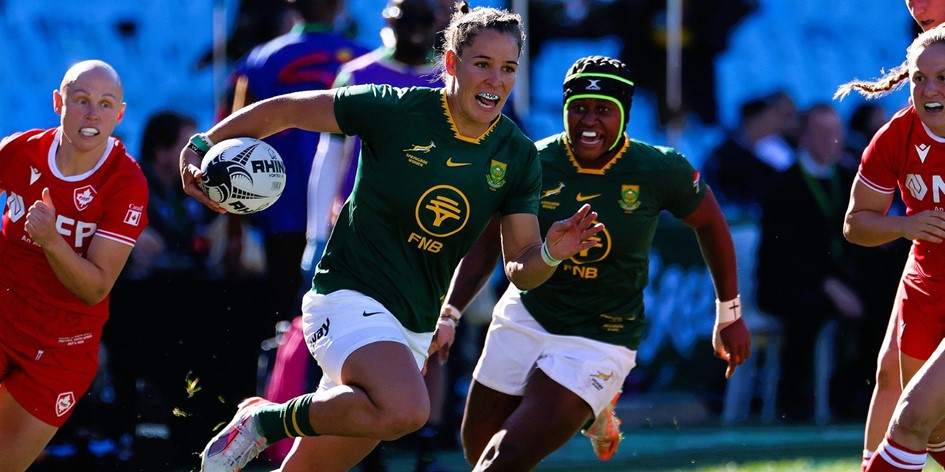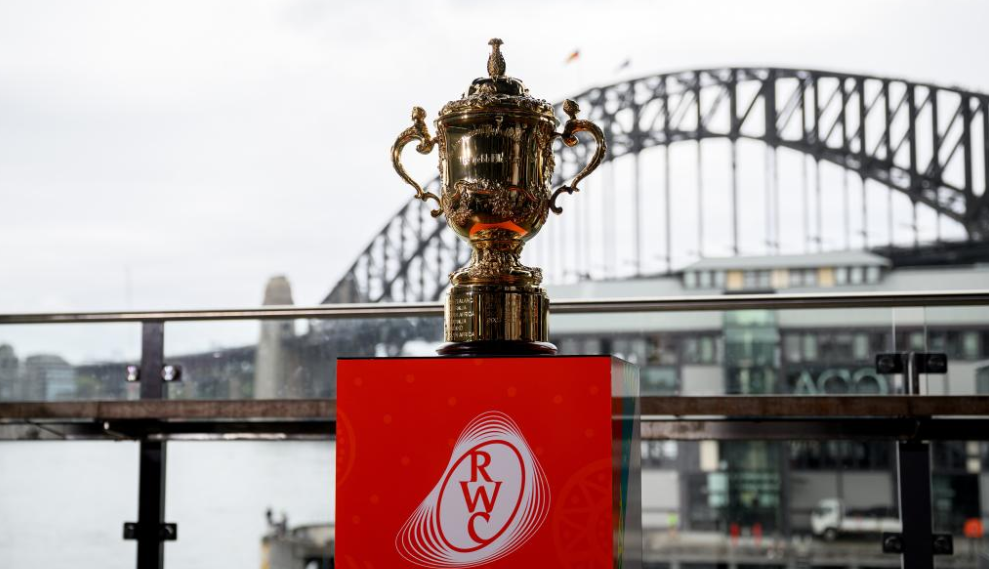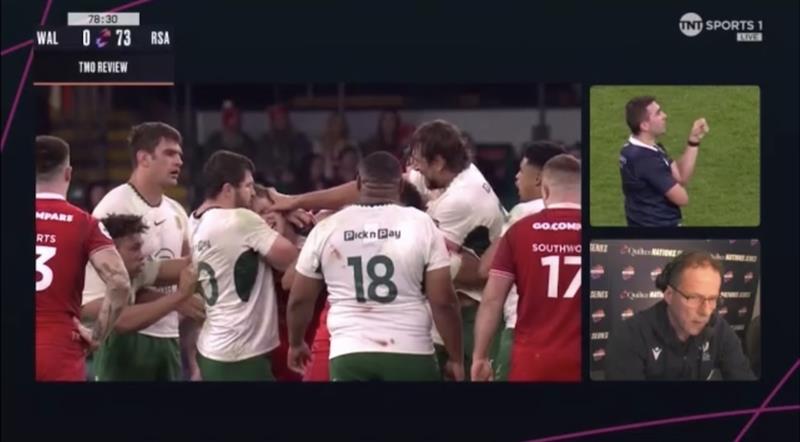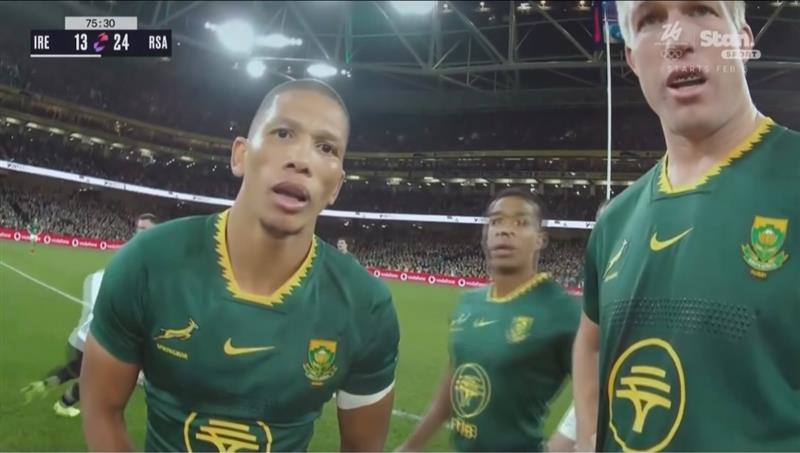Despite significant progress in recent years, women’s rugby in South Africa remains under-resourced, underfunded, and underappreciated. The Springbok Women’s team continues to fight an uphill battle, not only on the field but in the minds of many back home – where the toxic chorus of keyboard warriors often drowns out the applause they deserve. This article explores the core challenges facing women’s rugby in South Africa, the long-term impact on the Springbok Women’s team, and the solutions that could change the game.
1. Lack of Funding and Infrastructure
Unlike their male counterparts, women’s rugby in South Africa receives a fraction of the financial support. There are far fewer contracts, meaning most players juggle work or studies while trying to maintain elite performance levels. This lack of investment has a knock-on effect: inadequate strength and conditioning programmes, fewer high-performance facilities, and minimal access to medical and psychological support.
Solution:
A ring-fenced budget from SARU (South African Rugby Union) must be allocated specifically to women’s rugby, independent of the men’s game. Government and corporate sponsorship should also be incentivised through tax benefits and public-private partnerships. Equal investment isn’t just about fairness – it’s about unleashing potential.
The Department of Sports, Arts and Culture has a pivotal role to play. Minister Gayton McKenzie talks a big game and rarely misses a chance to position himself in front of a camera at high-profile events – particularly at men’s Springbok games, where he often behaves as though the crowd came to see him. But ribbon-cutting and baby-kissing won’t build a legacy. If he truly wants to leave his mark, he and his department must get involved at the coalface – where players are sweating in silence, not where the TV cameras are rolling. Real impact means funding academies, paying coaches, building facilities, and backing girls’ programmes from the ground up. Not photo ops. Not soundbites. Action.
2. Inadequate Grassroots Development
Girls in many parts of South Africa have limited access to rugby at school or club level. Unlike boys, they rarely grow up dreaming of playing for the Springboks because the pathway is unclear or non-existent. As a result, talent identification is delayed, and many potential stars are lost to other sports – or never picked up at all.
Solution:
A structured, national schools and club rugby program for girls is essential. This includes tournaments, coaching clinics, and mentorship from national players. Partnerships with NGOs and schools can help normalise rugby as an option for girls, particularly in rural and township communities.
Again, this is where government must step in – not just with words but with resources. If the Department of Sports, Arts and Culture can help establish provincial girls’ leagues, fund coaches, and partner with SARU and civil society to roll out infrastructure, real change will follow.
3. Toxic Masculinity and Online Abuse
When the Springbok Women suffer a heavy defeat, social media turns toxic.
“You’re embarrassing.”
“Why waste money on this team?”
“Women shouldn’t play rugby.”
Overwhelmingly, these posts come from male supporters who worship the men’s team—but use that loyalty to belittle the women. Their so-called ‘passion’ reveals what it really is: misogyny in a Springbok jersey.
These disparaging comments do more than bruise egos. They create a hostile environment that demoralises players, undermines legitimacy, and makes sponsors wary of associating with the women’s game.
Solution:
SARU and leading players need to actively challenge this culture. That means clear, public condemnation of sexist abuse and the implementation of zero-tolerance social media policies for affiliated supporters’ groups. Platforms like X (formerly Twitter), Facebook, and YouTube must be held accountable for moderation, while major male Springboks should be encouraged to speak out in support of their female counterparts.
The Department of Sports, Arts and Culture should also help drive a national campaign to celebrate women’s sport – one that tackles the stigma and social media toxicity head-on. If McKenzie wants to show true leadership, he must be seen supporting the women’s team when they lose, not just when the cameras are flashing after a win.
4. Low Visibility and Media Coverage
The Springbok Women’s fixtures rarely receive prime-time coverage, and local competitions are almost invisible. This creates a cycle of obscurity – less media coverage means fewer fans, which means fewer commercial opportunities.
Solution:
Broadcasters and media houses should be encouraged (and, where possible, mandated) to give the women’s game equal exposure. Streaming platforms like SuperSport Schools, YouTube, or even TikTok can play a pivotal role in building grassroots visibility. Regular storytelling, behind-the-scenes access, and player profiles will humanise the team and create heroes for young girls to look up to.
The State can assist by subsidising the broadcasting of local women’s rugby and creating incentive structures for platforms that showcase women’s games. This is not charity – it’s nation-building.
5. Limited High-Level Competition
The Springbok Women’s team has few opportunities to face top-tier sides regularly. When they do, the skill gap is exposed, often leading to heavy defeats – such as the lopsided results in World Cups or European tours.
Solution:
South Africa must push for inclusion in more competitive structures like the WXV (World Rugby’s new women’s competition) or expanded regional tournaments involving New Zealand, Australia, and Pacific Island nations. SARU should also host more inbound tours and push for annual test series to increase match sharpness.
The Department of Sports, Arts and Culture can help here too – by subsidising international tours, securing bilateral deals with other nations, and lobbying for expanded international opportunities. Soft diplomacy and smart funding could lift the Springbok Women to new levels.

How This Affects the Springbok Women’s Team
All of the above issues feed into the national side. A lack of funding means unprepared players. A lack of visibility means empty stadiums. A toxic online culture saps confidence. In the long run, these conditions stunt the growth of the Springbok Women’s team and reduce its chances of competing at the highest level.
But if these solutions are implemented, the benefits will be profound. A full pipeline from schools to the national side. A wider base of talent. A professional, respected environment. A generation of young girls who grow up believing they can play for South Africa – and win.
Because the goal isn’t just participation. It’s victory. And victory starts with support—material, cultural, and emotional. Let’s build that now.




